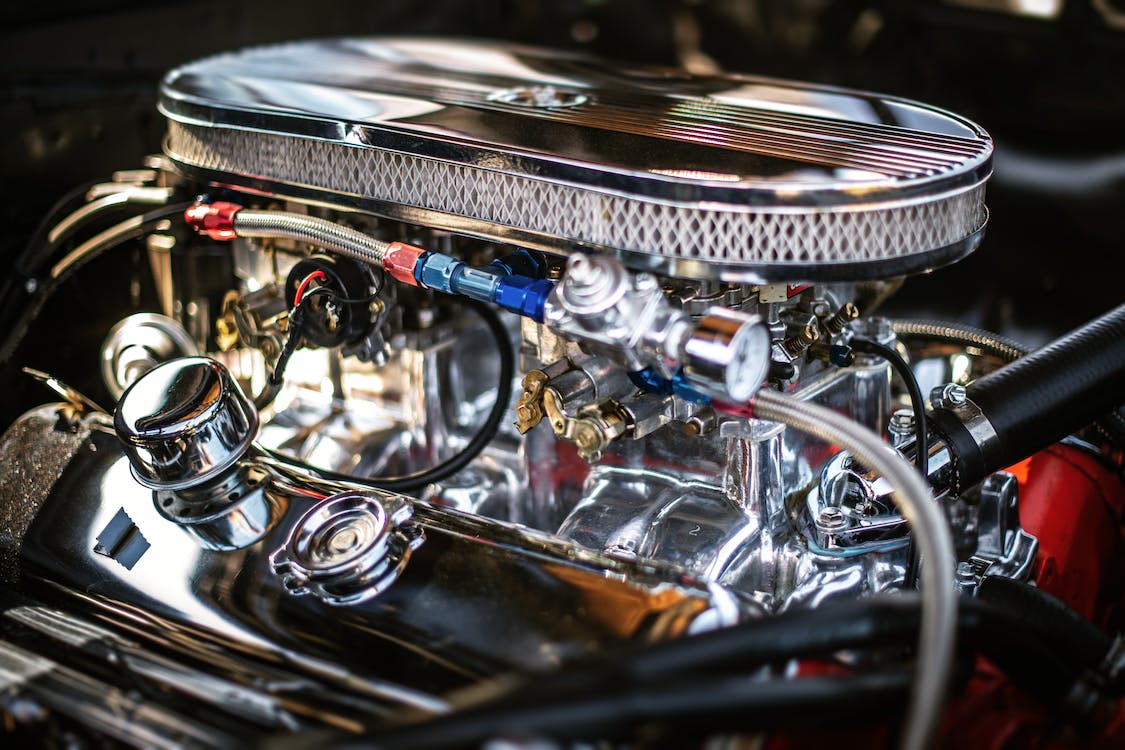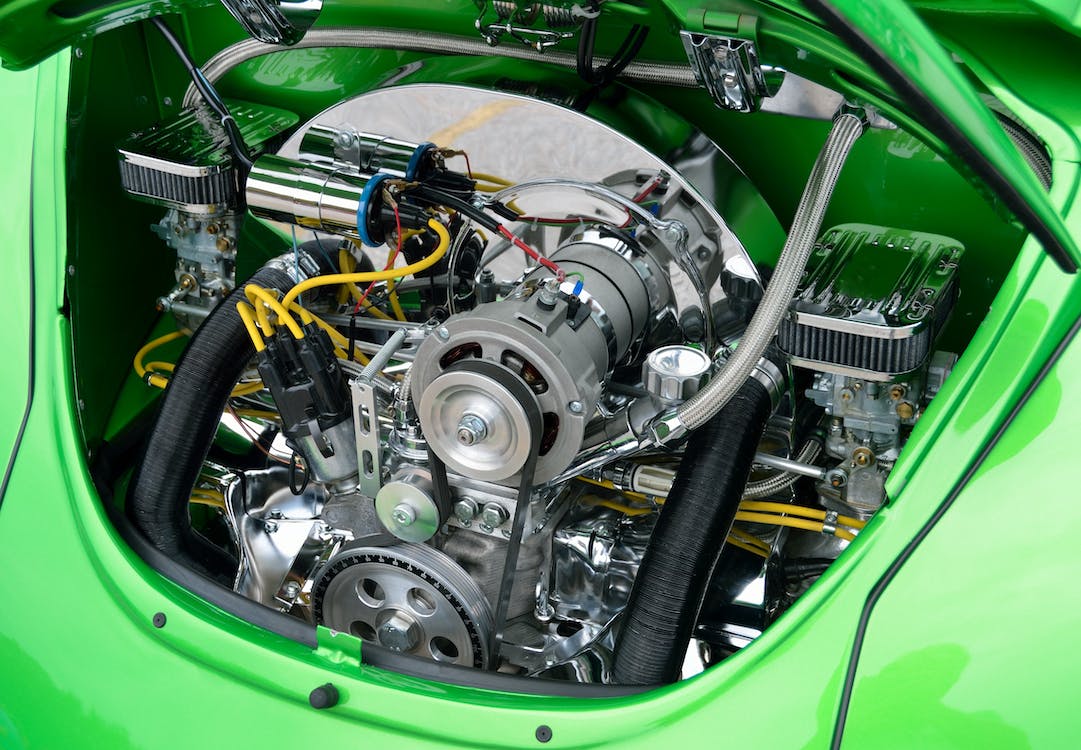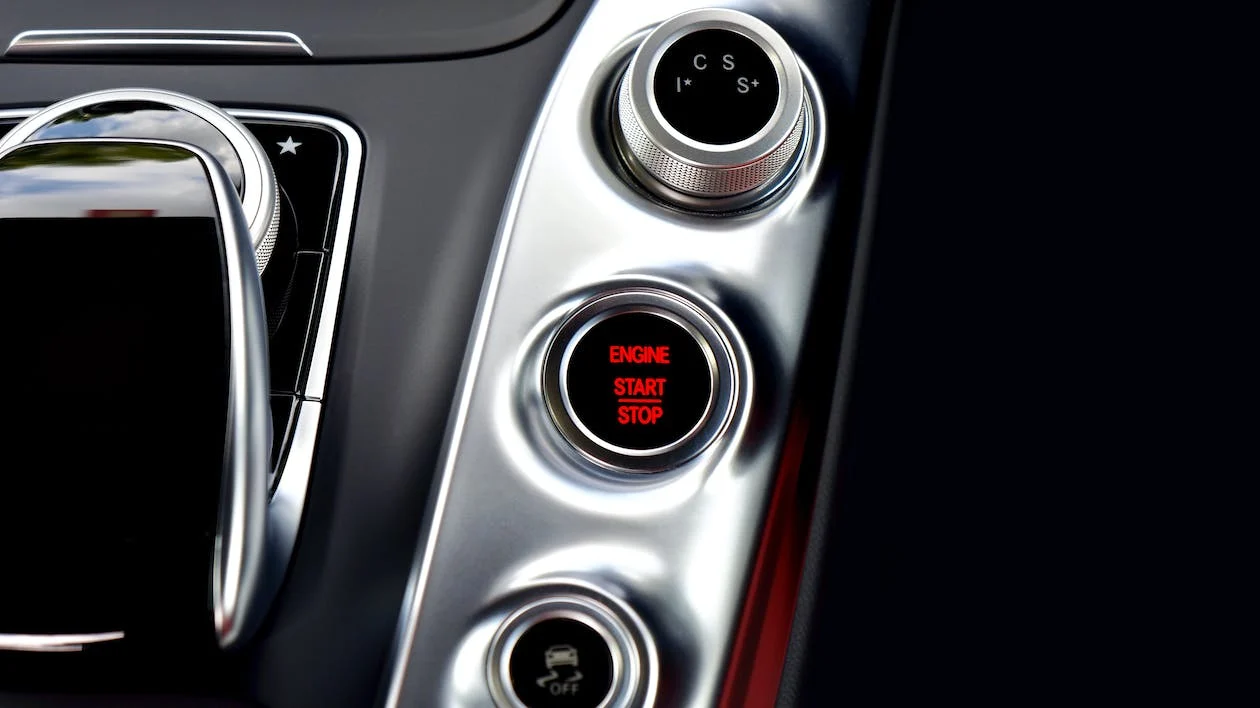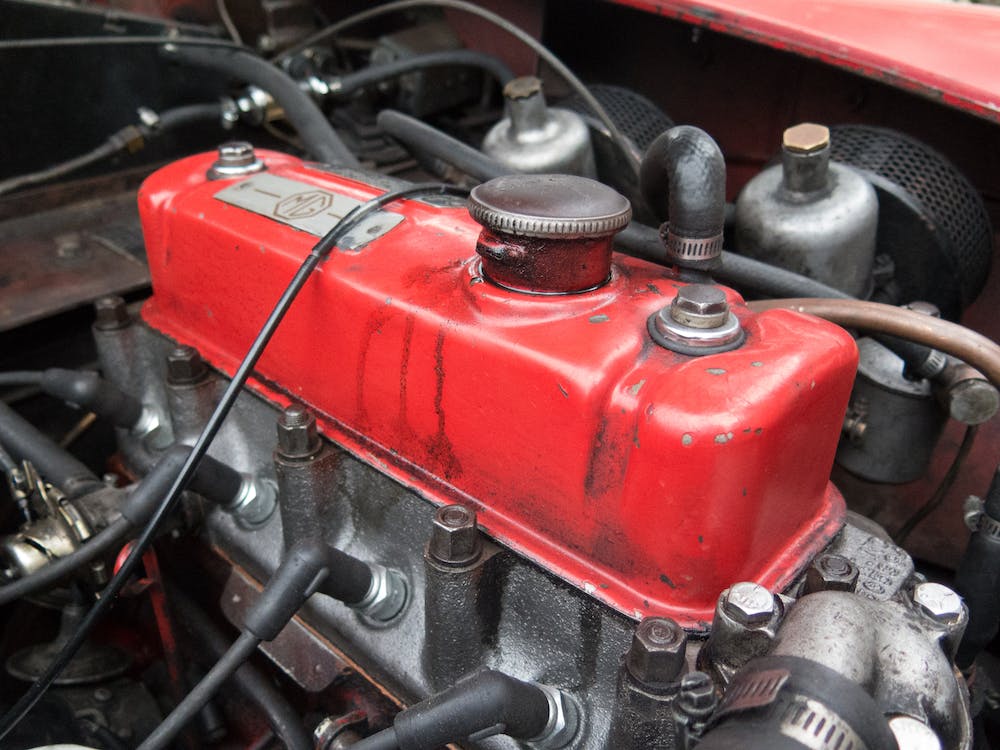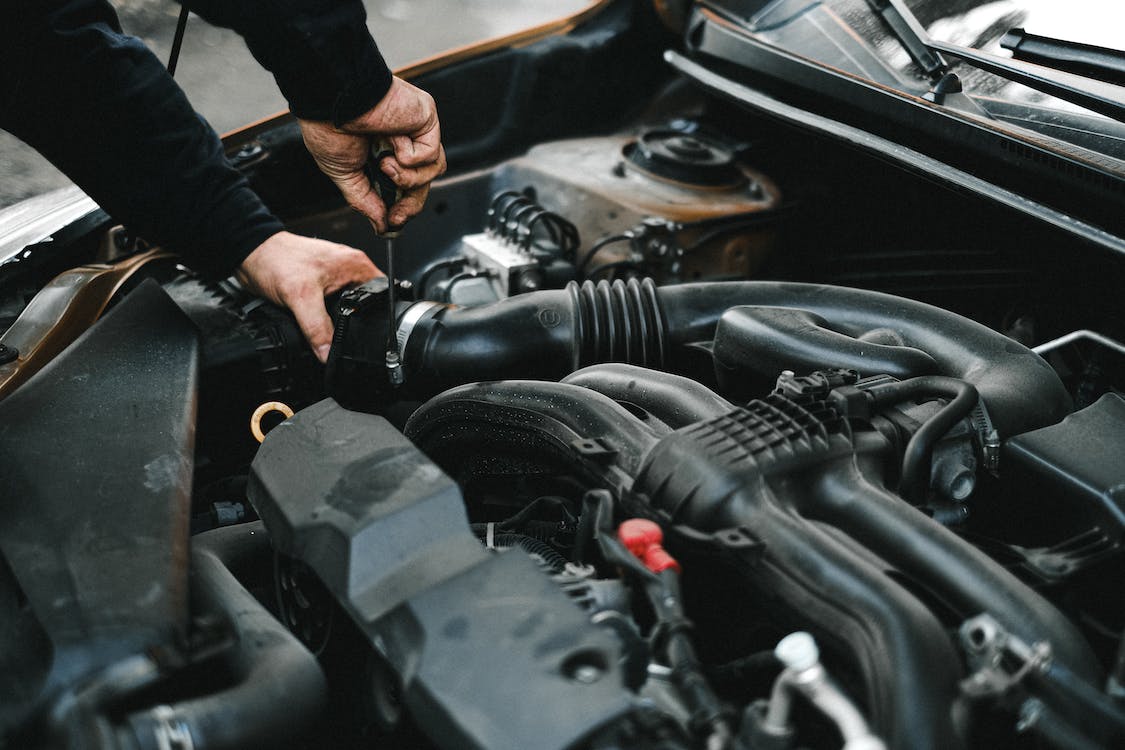There are many parts that are integral in how cars work and move, and one of those parts is the car engine. The car engine is primarily responsible for generating power, which can then be transformed into energy that allows the other parts of the car to move.
Without a working engine, a car is basically useless, so the engine should always be in top shape so that it can provide sufficient power that is important for the car’s movement. While a car engine is very important, there are actually not a lot of people that know how it works. In this article, we will provide the details about how car engines work and how they can be maintained. So, here are the things you need to know about the processes and systems involved in making car engines work.
The Basics of Car Engines
The car engine is responsible for powering a vehicle and all of its systems. It uses a combination of fuel, air, and ignition to create movement, and it is essential for cars to function properly. Engines come in a variety of types and sizes, from small four-cylinder engines to large V8s, but their fundamental purpose remains the same. Without a properly functioning engine, a car simply cannot run.
Car engines follow a four-stroke cycle, consisting of four stages: intake, compression, combustion, and exhaust.
During the intake stage of an internal combustion engine, the piston moves downward, creating a vacuum effect that allows the fuel and air mixture to enter the combustion chamber. This stage is a critical component in the engine cycle, as the correct amount of fuel and air must be introduced into the chamber for optimal combustion. The process is carefully designed to ensure that the amount of fuel and air is precisely measured and correctly delivered to the combustion chamber.
In the compression stage, the piston moves upward, compressing the fuel and air mixture to increase its pressure and temperature. This process is essential for the efficient operation of the engine, as it prepares the fuel and air mixture for ignition and combustion. The increase in pressure and temperature also results in a higher energy output during combustion, which translates into increased power and efficiency.
During the combustion stage, fuel and air mixture that was introduced during the compression stage is ignited by a spark plug, resulting in a controlled explosion. This explosion forces the piston down, generating the power needed to propel the vehicle forward. It is important to note that the timing and intensity of the combustion must be carefully regulated to maximize engine efficiency, minimize emissions, and prevent damage to the engine.
Finally, the exhaust stage of the four-stroke cycle marks the end of the power cycle and the beginning of the waste removal process. During this stage, the exhaust valve opens, and the high-pressure gases produced during the power stroke are pushed out of the combustion chamber and into the exhaust manifold, ready for expulsion from the engine. The pressure in the cylinder drops to atmospheric pressure, and the remaining burned gases are pushed out by the piston.
Fuel System
The fuel system of a car engine delivers fuel to the engine for combustion. It consists of four main components: the fuel pump, fuel tank, fuel injectors, and carburetor. Fuel is stored in the tank, while the fuel pump draws the fuel from the tank and delivers it to the engine. The fuel injectors are responsible for spraying the fuel into the engine in a precise and controlled manner, while the carburetor mixes fuel and air to create the optimal fuel-air mixture for combustion.
The fuel system is designed to provide the engine with the correct amount of fuel at the right time to ensure optimal performance. Fuel is typically delivered to the engine through a system of fuel lines, filters, pumps, and injectors. The fuel pump is responsible for delivering fuel from the tank to the engine, and the injectors are responsible for delivering the fuel to the combustion chamber. The fuel system is carefully calibrated to ensure that the engine receives the correct air/fuel mixture for optimal combustion, which in turn maximizes power output and fuel efficiency.
Fuel injection and carburetion are two methods of delivering fuel into an engine’s combustion chamber.
Carburetion has been used in automotive engines for a significant amount of time, especially in earlier engines. The process involves mixing air and fuel in a carburetor before it is sent into the engine. This process is responsible for regulating the mixture of air and fuel, which is then ignited to produce the power required to run the vehicle. Though it is an older technology, carburetion has served a vital role in the automotive industry, and its implementation has been instrumental in the development of modern fuel injection systems.
Fuel injection meanwhile, is a newer technology that has become widely adopted in modern automotive engines. This technology offers several advantages over its predecessor, the carburetor. By injecting fuel directly into the engine’s combustion chamber, the fuel delivery is more precise and controlled, resulting in more efficient combustion. This means that fuel is used more efficiently, leading to better fuel economy and reduced emissions.
Ignition System
The ignition system is a critical component of a car engine that plays a crucial role in providing the energy required to ignite the fuel-air mixture in the combustion chamber. The system is responsible for converting and distributing the electrical energy from the car battery to the spark plugs, which then generate a spark that ignites the fuel-air mixture. Without a properly functioning ignition system, a car engine would fail to start, and if it does start, it may run poorly or even stall.
The ignition system is made up of a battery, spark plugs, ignition coil, and distributor.
The battery supplies power to the ignition coil, which then converts the low voltage from the battery into high voltage required to spark the spark plugs. The distributor distributes the high voltage to the appropriate spark plug at the right time, thereby igniting the fuel-air mixture.
When the ignition key is turned on, an electric current is sent to the ignition coil, which then produces a high voltage charge. This energy is then transferred to the spark plugs, which ignite the fuel mixture in the combustion chamber, resulting in the engine starting.
Timing is critical in this process, as the spark must occur at precisely the right moment in the engine cycle to maximize combustion efficiency.
Proper maintenance of the ignition system, including regular replacement of spark plugs and wires, is essential for reliable engine performance.
Lubrication System
The lubrication system is an essential component of any engine, as it plays a critical role in keeping the moving parts functioning smoothly and efficiently. This system works by supplying oil to the various components of the engine, such as the pistons, bearings, and crankshaft, which helps to reduce friction and heat, thereby reducing wear and tear on the engine. The oil acts as a protective barrier between the moving parts of the engine, preventing them from grinding against each other and causing damage.
Parts of the lubrication system include the oil pump, oil filter, and oil passages.
The oil pump is responsible for pressurizing the oil and circulating it throughout the engine. The oil filter is designed to remove contaminants and impurities from the oil, ensuring that only clean oil is supplied to the engine. The oil passages are the channels through which the oil flows, connecting the oil pump to the engine’s components.
The lubrication system operates by circulating oil throughout the engine, which reduces friction between engine components such as pistons, crankshaft, and camshaft. The oil acts as a protective layer that prevents metal parts from wearing out due to constant friction, heat, and pressure.
Engine oil plays a crucial role in lubricating various engine parts and reducing friction, preventing wear and tear. Over time, oil breaks down and becomes less effective, resulting in a decline in engine performance and potential damage to internal components. Regular oil changes ensure that the engine is
Cooling System
A car engine cooling system is a critical component of any vehicle, designed to regulate the temperature of the engine and ensure optimal performance and longevity. This system is essential to maintaining the engine’s operating temperature within a safe range, as the engine generates a significant amount of heat while running. Without an effective cooling system, the engine can quickly overheat, leading to damage or even total engine failure.
The cooling system consists of several parts, including a radiator, a water pump, a thermostat, and hoses that carry coolant throughout the engine. The radiator acts as a heat exchanger, transferring heat from the coolant to the surrounding air. The water pump circulates coolant throughout the engine, while the thermostat regulates temperature by opening and closing the coolant flow.
The system works by circulating coolant fluid through the engine block and cylinder head, absorbing the heat and transferring it to the radiator where it is dissipated. The coolant is then cooled down and re-circulated back through the engine.
Overheating can cause costly damage to critical engine components such as the cylinder head, engine block, and pistons. It is crucial to monitor coolant levels and ensure they are topped off to avoid overheating. Regular maintenance, including flushing and replacing coolant, can prevent buildup of contaminants that can lead to clogs and leaks.
Conclusion
By knowing the basic principles behind the internal combustion engine, you can better appreciate the complexities of modern automobiles, and troubleshoot any problems that may arise. From the intake and compression, to the ignition and exhaust, each step in the engine’s process plays a critical role in powering your car down the road.

